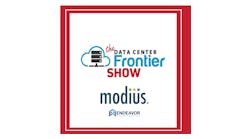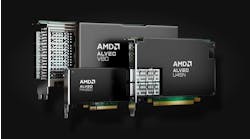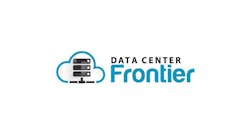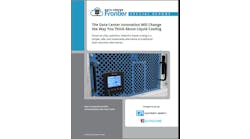The Fourth Pillar of Data Center Management
They also need help with their reporting, visibility, and goal setting. To meet these needs, providers have turned to three tools – building management systems (BMS), data center infrastructure management (DCIM), and electrical power monitoring systems (EPMS) – referred to as “the three pillars of data center management.” These pillars help operators maintain business services and the efficient functioning of infrastructure and IT equipment in day-to-day operations.
Historically, the three pillars were all data center operators needed. Today, however, the need for sustainability led to the emergence of a fourth pillar: environmental sustainability management (ESM).
The emergence and use of ESM
Along with a greater corporate desire to act responsibly, there are three factors most businesses are trying to facilitate or solve through ESM software.
- Mandatory sustainability reporting: The global push for sustainability has led to required greenhouse gas emission reporting in 40 different countries. The focus has shifted towards transparency in ESG performance, with both small and large organizations having to comply. Penalties for non-compliance have pushed many corporations to turn to software that can accurately report this type of information.
- Expected transparency from customers and investors: High growth in ESG funds over the past decade indicates that companies prioritizing ESG performance fare better. Data center colocation providers in particular face scrutiny, as data centers contribute to roughly 2% of all greenhouse gas emissions. In turn, companies can now achieve transparency by using software that effectively reports ESG performance data.
- Organizational Complexity: As sustainability is enterprise-wide, managing and tracking sustainability data requires collaboration across teams within the entire organization. Data variability is a common challenge, but ESM software can standardize and seamlessly collect data for efficient reporting.
These factors have forced companies to reassess their monitoring procedures, tools and software. However, there is a broad range of ESM software tools, and finding the best tool for the job can sometimes be difficult for data center operators who are just getting started.
Choosing the right ESM software
Effective ESM solutions offer accurate, auditable, and transparent non-financial reporting of environmental sustainability data and metrics. To achieve this, there are several essential functions and attributes any tool should possess. ESM software must have the ability to collect relevant data, validate and analyze data, and offer a logical foundation for strategic decision-making and reporting.
Once the tool has been assessed and deemed to have all the key aspects, it can then be evaluated for quality. Generally, software that is considered of higher quality is cloud-based, can connect with vendor invoice management services, includes energy procurement, supports popular sustainability reporting frameworks, is customization-friendly, and allows for open integration of supporting tools and applications.
- Cloud-based: Applications that are based in the cloud can better ensure complete global coverage across the organization and allow easier access in different geographical locations. Cloud-based applications are also more secure and valuable because data is kept in a centralized location. Upgrades, enhancements, and additional functionality can be enabled more easily compared to client-based deployments.
- Connects with vendor invoice management services: Some organizations rely on vendors to input data from invoices into their software programs, so having a solution that connects with these vendor programs can save time, effort, and improve accuracy.
- Includes energy procurement: Energy procurement is a highly important element of sustainability management. Any software that lacks this is missing a big part of the puzzle, as a mix of utility and sustainable energy consumption results in different GHG emission profiles.
- Supports popular sustainability reporting frameworks: The automation of importing data into the organization’s chosen sustainability framework is efficient and convenient.
- Customization-friendly: Due to the complexity of data center management, it’s important for organizations to use a software that is adaptable to their specific needs.
Furthering Data Center Sustainability
Driven by governments, partners, clients, and investors, data center providers will need to focus and report on efforts to reduce their environmental impact. The complicated nature of doing this in a way that is accurate, resource friendly, auditable and transparent requires the use of an environmental sustainability management platform. This software helps companies report on efficiency, renewable energy supply, greenhouse gas emissions, water conservation, waste recycling, and more. However, it’s important that companies select an ESM tool that offers data collection, validation, analytics, and visualization while also providing a host of different properties that create convenience and efficiency. In doing so, organizations can track ESG performance and work to improve enterprise-wide sustainability.
Carsten Baumann is Director Strategic Initiative & Solution Architect at Schneider Electric. To learn more about environment sustainability management, download Schneider’s white paper “Environment Sustainability Management (ESM) Software for Colocation Data Centers.”





